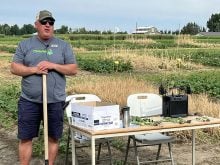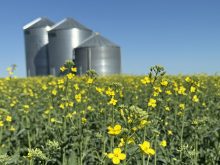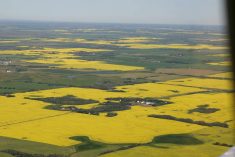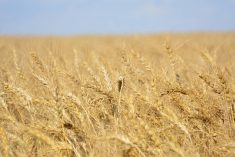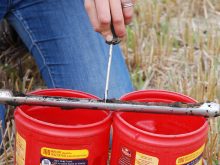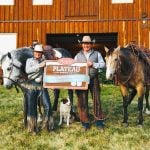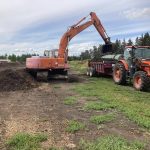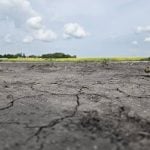A manila envelope opens to reveal a flattened dry orchid as the acrid smell of mothballs nips at the nostrils.
Kirsten Remarchuk, curatorial assistant at the W. P. Fraser Herbarium at the University of Saskatchewan, is used to the odours.
She maintains a collection of plants that numbers 170,000 from Canada and around the world, all housed in tidy rows of tall
metal cabinets in the university’s college of agriculture building.
“We have some plants that no longer exist in the wild,” Remarchuk said.
Read Also

AI expected to make itself felt in food systems
Artificial intelligence is already transforming the food we eat, how farmers produce it and how it reaches the consumer, experts say
“This is the only record of this plant existing.”
Elephant’s head, straw coloured nutgrass and lanate bluegrass are examples of plants that are no longer found in Saskatchewan.
Vulnerable plants, which are those starting to be at risk, include narrow leaved sundew, fairy slipper and fringed milkwort.
The herbarium has bundled a handful of these plants into a display focusing on plants at risk and have allowed them to be exhibited at the Western Development Museum in Saskatoon until October.
Remarchuk cited the dozens of species in danger in each of the province’s 11 ecoregions.
WDM exhibits curator Warren Clubb said the display fits into the museum’s agricultural story and Saskatchewan focus.
“It’s about the plants found in Saskatchewan and the resources required to preserve them,” he said.
Teaming up with the herbarium to present the exhibit helps the museum draw attention to a collection many people may not know anything about, he added.
Remarchuk said the exhibit increases awareness about how to recognize such plants and also satisfies the curiosity of those who already have an interest in plants.
“We want them to know about them and leave them in nature,” she said.
The herbarium, which ranks among the top 15 in the country, includes plant specimens over a century old. Approximately 25 percent of the plants are considered rare in the wild today.
Each file folder lists the genus, species and plants of the same species and often includes roots, leaves and stems.
Remarchuk said each plant has an ecological role to play, noting how much is still unknown about their potential for food and health.
They can be used as environmental indicators because a greater diversity of plants generally means a healthier ecosystem, she added.
“If you take away a plant, how does it effect the ecosystem?”
“If you can still find them, their environment hasn’t been completely destroyed.”





